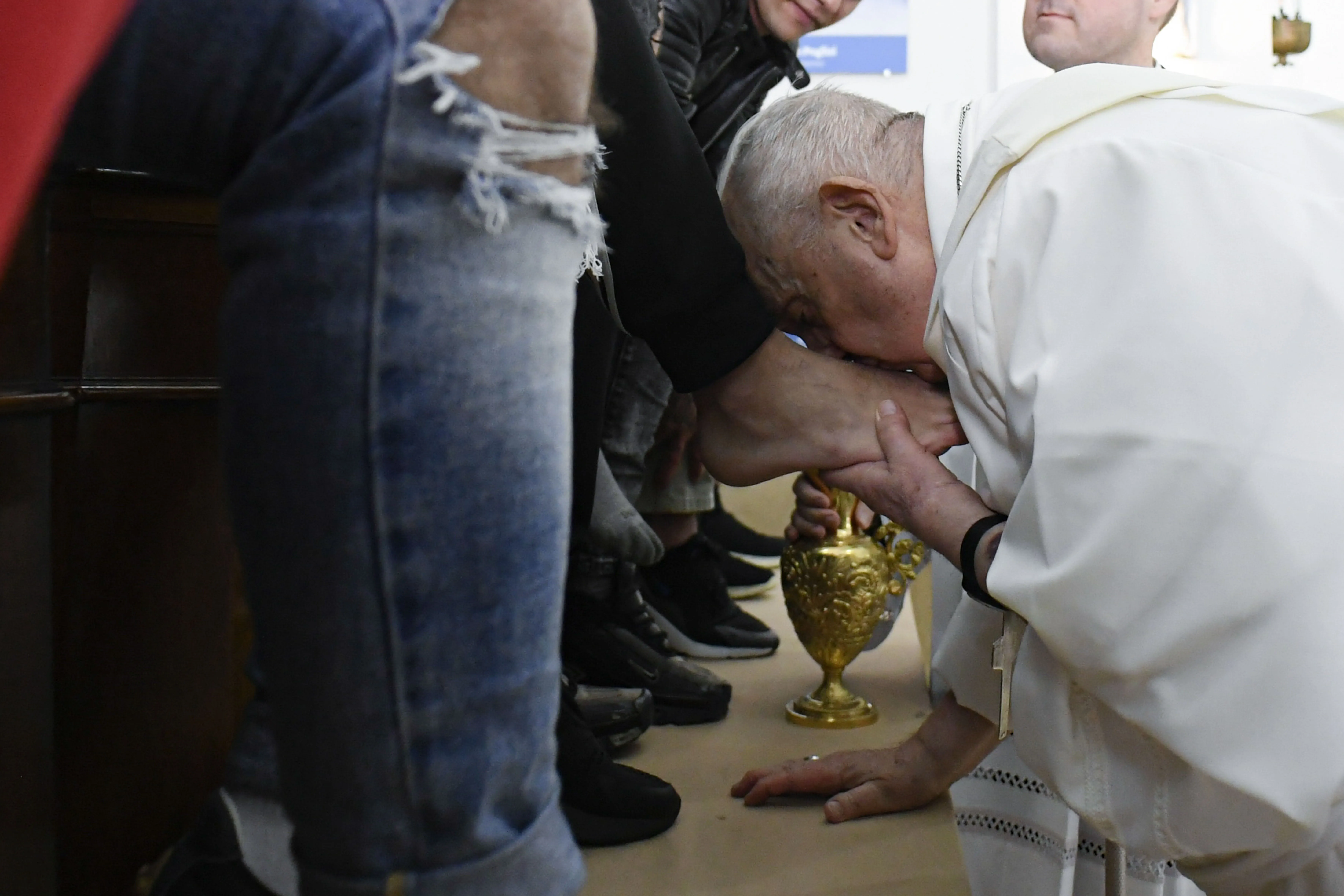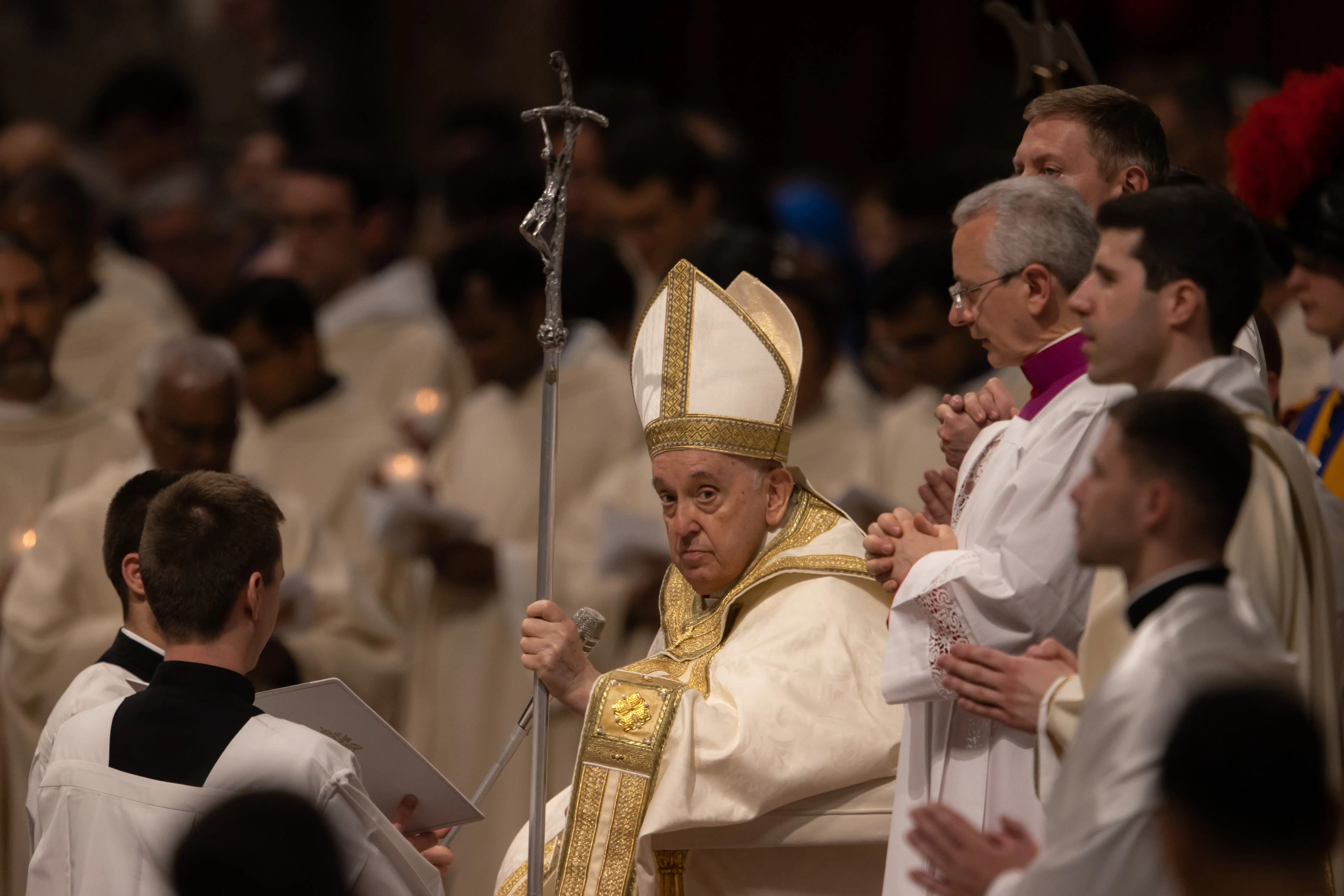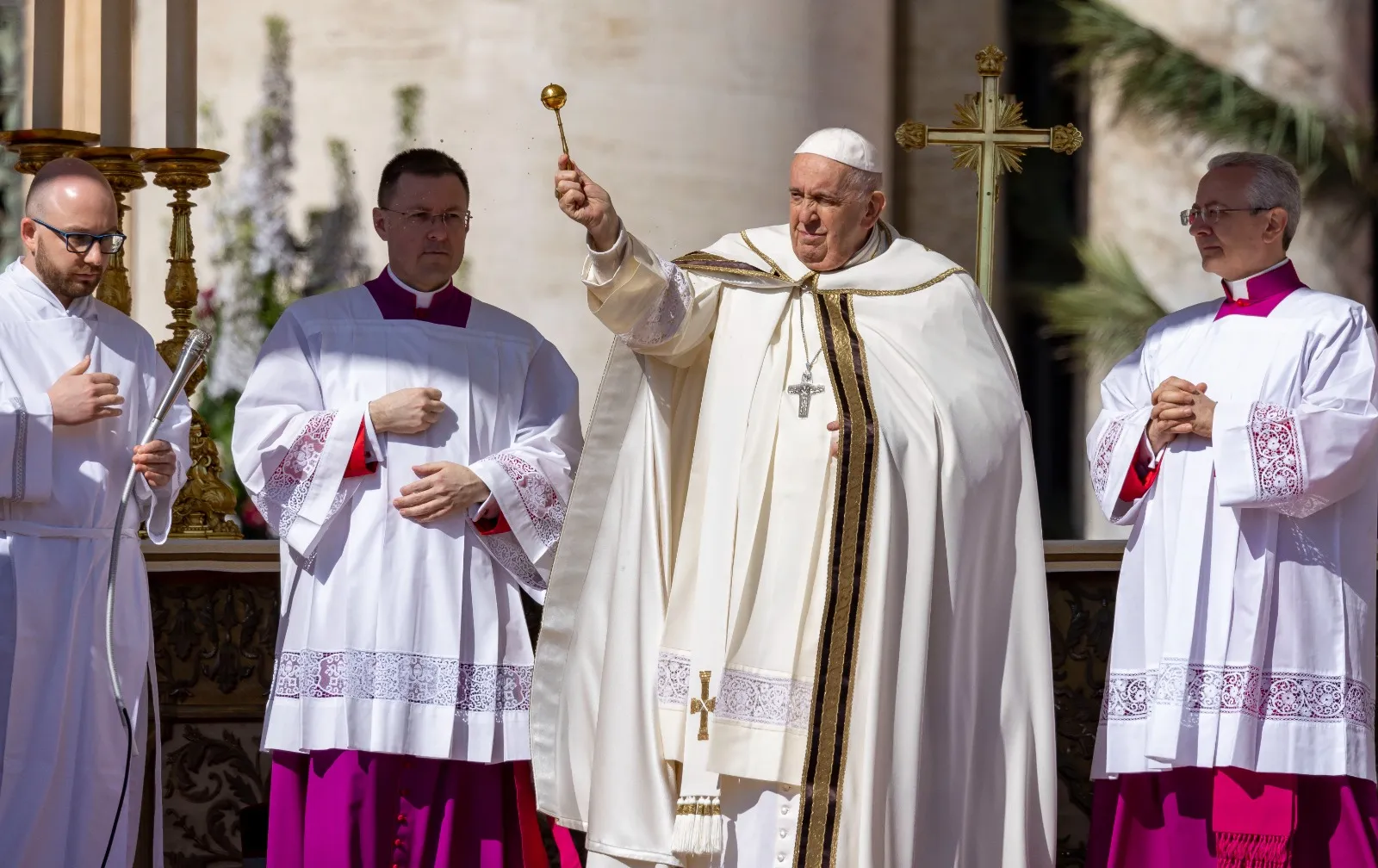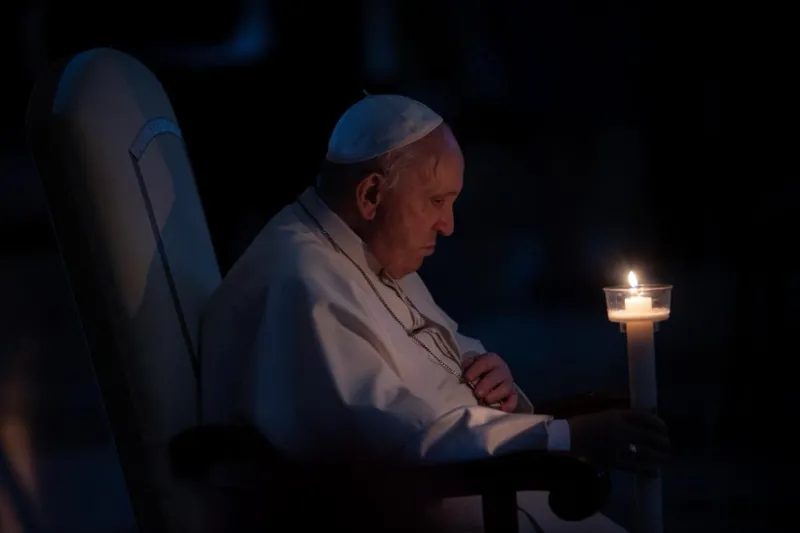
Readings:
• Acts 5:12-16
• Ps 118:2-4, 13-15, 22-24
• Rev 1:9-11a, 12-13, 17-19
• Jn 20:19-31
It is fitting that on this second Sunday of Easter, decreed in 2000 by Pope John Paul II to be Divine Mercy Sunday, that the readings provide a biblical blueprint of how divine mercy and grace would spread in the months and years immediately following the Resurrection.
During the Easter season, leading up to the great Feast of Pentecost, readings from the Acts of the Apostles take the place of Old Testament readings. In this way the connection between “all that Jesus did and taught” (Acts 1:1) and all that the apostles did and taught can be clearly seen and reflected upon. The Evangelist Luke portrayed Jesus as The Prophet who would do great signs and wonders (the greatest being His death and resurrection) and in the Acts of the Apostles he depicted the early Christians—especially the apostles Peter and Paul—as doing “many signs and wonders among the people” (Acts 5:12).
The blueprint of mercy can be summed up in four words: preparation, proclamation, perseverance, and purpose.
The preparation began during the ministry of Jesus, as He spent countless hours, days, and months with His disciples, teaching them by both word and example. Christ’s Passion and the Resurrection took that preparation to a place the disciples could barely begin to fathom prior to those dramatic events. Today’s Gospel reading highlights, in the well-known story of doubting Thomas, that the process of preparation was not a quick or easy one. As the disciples hid behind closed doors, they were often filled with fear and confusion. But the appearance of the Risen Christ in their midst was a source of peace and joy. And so they received their instructions: “As the Father has sent me, so I send you.” Then, later, in response to Thomas’s famous cry—“My Lord and my God!”—Jesus further prepared the disciples for their divine mission by pointing them toward the many souls in need of the Gospel: “Blessed are those who have not seen and have believed.”
The proclamation of that Gospel is seen all through Acts, including in today’s reading. The signs and wonders performed by Christ were soon being performed by the leaders of His Body, the Church, and that Body grew quickly. Luke emphasized the “signs and wonders” throughout his Gospel to present Jesus as the New Moses. Those marks of prophetic activity are mentioned many times in Acts, notably in Peter’s sermon on Pentecost and his recitation of the prophet Joel (2:17-22), and in today’s reading, which describes the proclamation of God’s word by the apostles (cf., 4:29-30), especially the head apostle, Peter.
In addition to Acts, the readings during Easter include selections from the final book of the Bible, the Revelation of Jesus Christ. One reason is to show the perseverance of the early Christians—including the author, John—in the face of persecution. John the Revelator referred to both when he wrote of the “endurance we have in Jesus”; he explained that he had been exiled to the island of Patmos (about 37 miles southwest of modern Turkey) “because I proclaimed God’s word and gave testimony to Jesus.” While celebrating the Lord’s Day—likely in the course of the Liturgy—John saw the risen and victorious Christ standing among the lamp stands, representing the Church. The Son of Man, “the first and the last,” assures John that the perseverance of the saints is not in vain, but will be rewarded by eternal life: “Once I was dead, but now I am alive forever and ever.”
We return to today’s Gospel to find a perfect summation of the purpose of these many actions of preparation, proclamation, and perseverance. John explained that much more could have been written about Jesus in his Gospel, but that “these are written that you may come to believe that Jesus is the Christ, the Son of God, and that through this belief you may have life in his name.”
By God’s mercy and grace, may we believe more deeply and experience more fully the life of the Risen Lord!
(This “Opening the Word” column originally appeared in the April 15, 2007, issue of Our Sunday Visitor newspaper.)
If you value the news and views Catholic World Report provides, please consider donating to support our efforts. Your contribution will help us continue to make CWR available to all readers worldwide for free, without a subscription. Thank you for your generosity!
Click here for more information on donating to CWR. Click here to sign up for our newsletter.













We have a blueprint of Mercy in the true image of Divine Mercy that is one of Broken Man, given by Jesus Christ to His Church in the following words
“Paint a picture according to the vision you see and with the inscription. “Jesus I trust in thee”. I desire that this picture be venerated first in your chapel and then throughout the world”
Sr Faustina (Now St) acted immediately in ‘singular pure intent’, to paint/draw the said painting, manifesting the depth of her love for God’
Only Sr Faustina can paint this picture because no one else can see what she saw, this obligation rested upon her shoulders alone. The result no matter how poorly painted/drawn has no significance whatsoever as ‘obedience to God is the love of God’
Sadly, the learned have compromised her action, as we do not have her Painting /drawing/effort (Giving God His due) in its brokenness, venerated throughout the world
All simple hearts know that when looked upon honestly this flawed/broken image is a self-reflection, immediate and self-evident of Sr Faustina’s heart before God, as it corresponds with the internal reality of all of us which includes the hierarchy.
The true DM Image when contemplated honestly will cause all honest hearts to cry out
“Jesus, I trust in thee”
No matter how broken any child of God may be or how worldly a man’s heart may become, it could be said, that when true humility is found, in childlike wonder, we walk anew upon holy ground.
Please consider continuing via the link.
https://www.catholicworldreport.com/2021/08/26/what-does-pastoral-even-mean-anymore/#comment-276281
kevin your brother
In Christ
How can it be then that this one simple statement…”through this belief” could result in the incredible divisions we see among all those in the church world today who say they sincerely believe them… and Him?
The Divine Mercy Diary by Saint Maria Faustina Kowaslska is one of the most important and powerful books ever written other than the Holy Bible. It is an over 600 pages book with Conversations with Saint Faustina and Jesus Christ. Saint Pope John Paul II canonized Saint Faustina a Saint in the year 2000 and called her the Apostle of Mercy. The Diary is about God’s love and mercy! I am a very new Columnist for the Catholic Stand which is an on-line publication. Today I write about the Importance of the Divine Mercy Message. I have an email interview with Father Chis Alar who is the Director of the Marian Helpers at the Shine of Divine Mercy in Stockbridge, Massachusetts. I became a Marian Helper as a result of my Column. Jesus I trust in You.